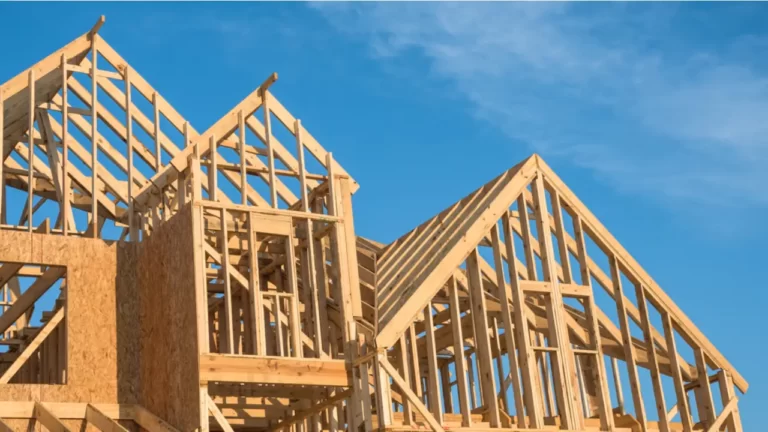Refinancing your mortgage is a smart way to lower your monthly payment and reduce your interest rate. If you’re struggling to make your monthly mortgage payment, refinancing can be a helpful solution to make your mortgage more affordable. In this blog post, we’ll discuss how refinancing can lower your monthly payment and the different tools available to help you make the right decision.
Refinancing is the process of replacing your existing mortgage with a new one. The new mortgage will have different terms and interest rates than your existing mortgage. One of the main reasons why people refinance is to lower their monthly payments. If you have a high-interest rate or a longer loan term, refinancing can help you reduce your monthly payment.
Mortgage rates play a significant role in your monthly payment. When you refinance, you can take advantage of lower interest rates to reduce your payment. A lower interest rate means you’ll pay less interest over the life of the loan, saving you money in the long run. You can use a refinance calculator to see how much you can save by refinancing.
Another way to lower your monthly payment is to extend your loan term. If you have a 30-year mortgage and you’re already several years into your loan, refinancing to a new 30-year mortgage can significantly lower your monthly payment. However, keep in mind that extending your loan term means you’ll pay more in interest over the life of the loan.
If you have equity in your home, you can also consider a cash-out refinance. This type of refinance allows you to borrow against the equity in your home and use the cash for other expenses, such as paying off high-interest debt or making home improvements. Keep in mind that cash-out refinancing comes with closing costs, so you’ll want to consider the total cost of refinancing before making a decision.
If you have an FHA or VA loan, you may be eligible for a streamlined refinance. These programs allow you to refinance with little or no documentation and lower your monthly payment. Keep in mind that these programs come with specific eligibility requirements, so you’ll want to check with your lender to see if you qualify.
Refinance
Refinancing involves replacing your current mortgage with a new one that has better terms. The main goal of refinancing is to save money on interest over the life of your loan. When you refinance, you’ll typically have to pay closing costs, which can be a significant expense. However, some lenders offer no-closing-cost refinancing options that allow you to refinance without paying any upfront fees.
Lower monthly payment
One of the main benefits of refinancing is the opportunity to lower your monthly payment. This can be achieved by getting a lower interest rate, extending the loan term, or a combination of both. For example, if you currently have a 30-year fixed-rate mortgage with an interest rate of 4%, refinancing to a 15-year fixed-rate mortgage with an interest rate of 3% could significantly reduce your monthly payment.
Mortgage rates
Mortgage rates are constantly changing, and it’s important to keep an eye on them if you’re considering refinancing. If rates have dropped since you took out your original mortgage, it may be a good time to refinance. However, it’s essential to understand that getting a lower interest rate isn’t always enough to justify refinancing. You’ll also need to consider other factors such as closing costs and the length of time you plan to stay in your home.
Loan term
The loan term is the length of time it takes to pay off your mortgage. When refinancing, you’ll have the option to extend or shorten your loan term. Extending your loan term will lower your monthly payment, but you’ll end up paying more in interest over the life of your loan. Shortening your loan term will increase your monthly payment, but you’ll pay less in interest overall.
Interest rate
The interest rate is the percentage of your loan balance that you’ll pay in interest each year. Lowering your interest rate is one of the most effective ways to reduce your monthly payment. When refinancing, you’ll want to compare interest rates from different lenders to find the best deal.
Amortization
Amortization is the process of paying off a debt over time with regular payments. Your monthly mortgage payment is amortized to pay off both principal and interest. When you refinance, you’ll start a new amortization schedule based on your new loan terms.
Home equity
Home equity is the difference between the value of your home and the amount you owe on your mortgage. Refinancing to a lower monthly payment can help you preserve your home equity by reducing the amount you have to pay each month.
Debt-to-income ratio (DTI)
Your debt-to-income ratio is the percentage of your monthly income that goes towards debt payments. Lenders use this ratio to determine whether you can afford to take on more debt. Refinancing to a lower monthly payment can help improve your DTI and make it easier to qualify for other loans.
Credit score
Your credit score is a measure of your creditworthiness. Lenders use your credit score to determine your interest rate and whether you qualify for a loan. Refinancing to a lower interest rate can help you save money on interest and improve your credit score by reducing your debt-to-income ratio.
Loan-to-value ratio (LTV)
Your loan-to-value ratio is the percentage of your home’s value that you owe on your mortgage. Refinancing to a lower interest rate or extending the loan term can help you lower your LTV and potentially qualify for a better interest rate.
Refinancing options
There are several refinancing options available, including a rate-and-term refinance or a cash-out refinance. A rate-and-term refinance is when you refinance to secure a lower interest rate or shorter loan term. A cash-out refinance is when you borrow more than you owe on your current mortgage and receive the difference in cash.
Closing Costs:
Closing costs are the fees associated with refinancing your mortgage. They typically include appraisal fees, title fees, origination fees, and other third-party fees. On average, closing costs range from 2% to 5% of the loan amount. However, as we mentioned earlier, it is possible to refinance with no closing costs, although you may have a slightly higher interest rate.
Cash-Out Refinance:
A cash-out refinance allows you to take out a new mortgage for more than your current balance and receive the difference in cash. This can be a good option if you need to make home improvements or pay off high-interest debt. However, it’s important to note that a cash-out refinance typically has a higher interest rate than a standard refinance, which may negate any potential savings from a lower monthly payment.
FHA Loan:
If you have an FHA loan, you may be eligible to refinance through the FHA Streamline Refinance program. This program allows you to refinance with less paperwork and lower closing costs than a traditional refinance. However, it’s important to note that the FHA Streamline Refinance does not allow you to cash out any equity in your home.
VA Loan:
If you have a VA loan, you may be eligible to refinance through the VA Interest Rate Reduction Refinance Loan (IRRRL) program. This program allows you to refinance to a lower interest rate with less paperwork and no appraisal or credit underwriting. However, you cannot cash out any equity in your home through this program.
Conventional Loan:
If you have a conventional loan, you may be able to refinance to a lower interest rate and lower your monthly payment. However, keep in mind that a conventional refinance typically requires a higher credit score and a lower debt-to-income ratio than other types of loans.
Conventional loans also offer refinancing options to lower your monthly payment. However, keep in mind that conventional loans typically require a higher credit score and a lower debt-to-income ratio than FHA and VA loans. You may also need to pay private mortgage insurance (PMI) if you have less than 20% equity in your home.
Monthly mortgage payment
Your monthly mortgage payment is the amount you pay each month to your lender to cover your principal and interest. When refinancing to lower your monthly payment, it’s important to calculate your new monthly payment and compare it to your current payment. This will help you determine if refinancing is the right move for you.
If you’re struggling to make your monthly payment, you may also be eligible for the Home Affordable Refinance Program (HARP). This program is designed for homeowners who are current on their mortgage but owe more than their home is worth. HARP allows you to refinance your mortgage to a lower interest rate and lower your monthly payment.
In summary, refinancing to lower your monthly payment can be a great way to save money on your mortgage. However, it’s essential to consider factors such as closing costs, loan term, interest rates, and your current monthly payment before making a decision. By doing your research and working with a reputable lender, you can refinance with confidence and achieve your financial goals.
(Ensure to check your middle credit score at Middle Credit Score® to avoid the guidelines lenders have regarding having a lower-than-average middle credit score. In today’s market, almost every lender will approve a consumer based on their middle credit score. To avoid lenders that impose higher interest rates, fees, and points; position yourself first at Middle Credit Score® with a strong middle credit score then allow the credit score experts to place you with their Lender affiliates so you win. Plan ahead with MiddleCreditScore.com)







